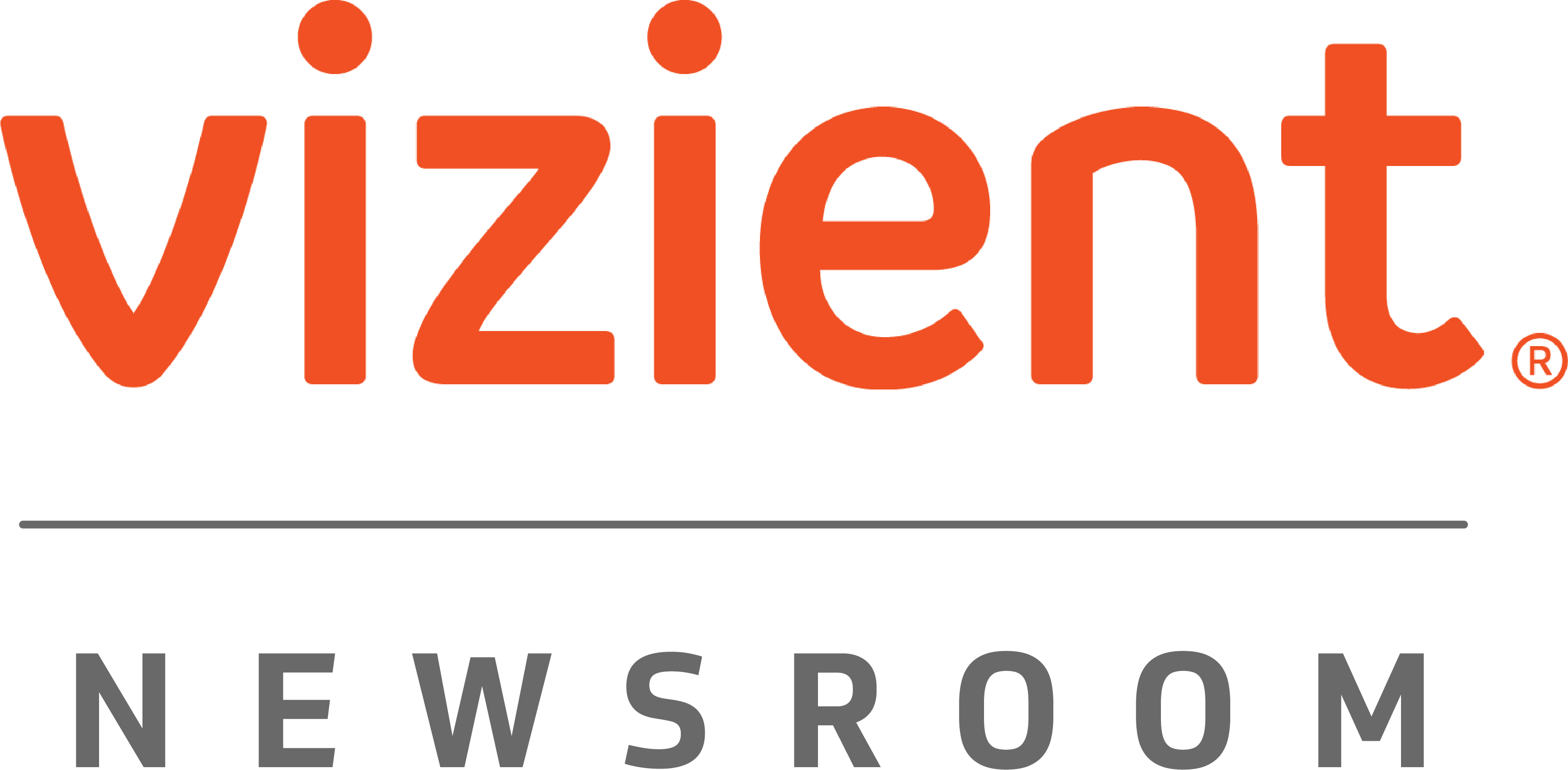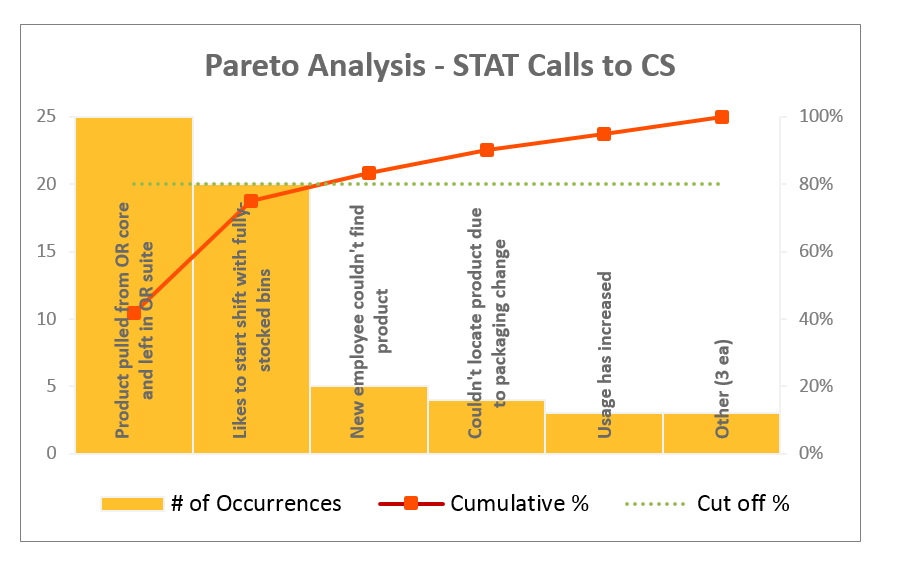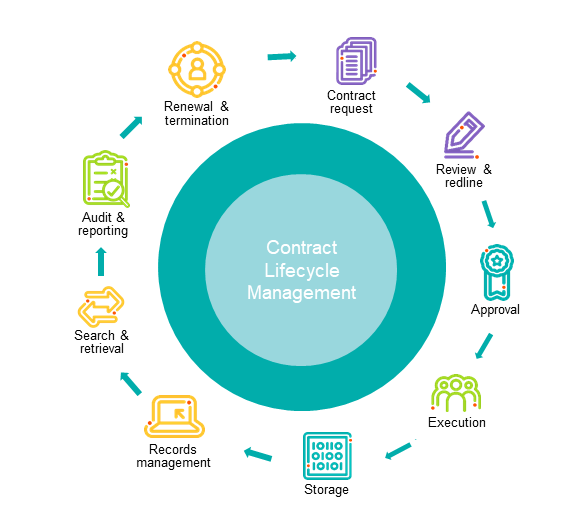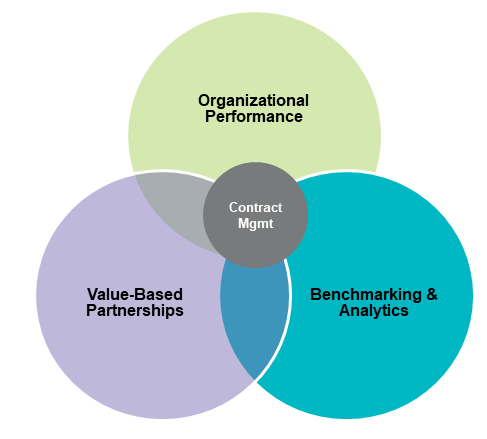- Supply Chain
In Purchased Services, Understand What You're Negotiating
It’s a generally accepted fact that purchased services account for 20 to 30% of a hospital’s total expenses. It’s also generally accepted that with more than 300 categories, it’s a largely untapped source of savings across the healt...
- Supply Chain
Supply Chain Sherpas Are Key to Guiding Stakeholders to Purchased Services Savings
It’s no surprise that reviewing purchased services contract categories like laundry, medical waste or language interpretation can seem like a daunting task—almost like trying to climb Mount Everest. How you and the group view the mountain is cr...
- Supply Chain
Applying the Goldilocks Principle to Purchased Services Consulting
In the past few months, I have received feedback from numerous hospital supply chain leaders on the topic of consultants. A consistent message I hear is that consultants must demonstrate the right skills to meet the needs of the business and also have the ...
- Supply Chain
Innovation is the Name of the Game in Medical Devices
One thing everyone in health care can agree on is the unprecedented level of uncertainty swirling around our industry. The new administration has promised change for the better, but we don’t yet know what that change will look like or to what extent ...
- Supply Chain
Playing Hot Potato with Device Cost Management
In a dynamic similar to the childhood game, hot potato, it seems that no side – payers, hospitals or suppliers – wants to be stuck alone at the end managing the high cost of care in the joint reconstruction market. Like kids playing the game, e...
- Supply Chain
Are Food Service Operations Giving Your Bottom Line Heartburn?
If you’re a hospital administrator looking for cost savings, just follow your nose to the cafeteria. Among those cheeseburgers and tossed salads, your hospital cafeteria probably offers more savings opportunities than you imagined: Consider that the ...
- Supply Chain
Get Ready for a Flood of Connected Medical Devices
The world has become connected. Social media platforms such as Facebook, Twitter and LinkedIn connect us to friends, family and associates. We now share information and experiences in real-time. Smart phone apps and exercise trackers log our health habits ...
- Supply Chain
Expect the Unexpected in Hospital Supply Chain Operations
It’s almost a given that no matter how smoothly your hospital supply chain runs during normal operating hours, there is always some hiccup that occurs on those “non-normal” days. Surviving those times requires one thing: preparation. With...
- Supply Chain
Don’t Just React: Discover the Reasons for Supply Chain Issues with Root Cause Analysis
Eliminating waste and reducing variation are becoming commonplace activities for health care supply chain professionals. To get at these opportunities, many supply chain leaders have likely participated in 5S and Kaizen events, been on a Gemba walk or work...
- Supply Chain
Better to Be Safe Than Sorry When It Comes to Chemical Exposure
I’m fortunate enough to work for a company that recognizes the importance of reducing chemical exposure and equally fortunate to serve in a role where my focus is educating our health care partners about the dangers of chemically laden products.
- Supply Chain
Weathering the Supply Availability Storm: Be Prepared
Like any business that relies on manufacturers across the globe for supplies, the health care industry sees its share of random product back orders, allocation situations and outright supply shortages.
- Supply Chain
How an Aging Population Affects Coronary and Vascular Technologies Markets
This just in: You aren’t getting any younger and neither is anyone else. What this means for the health care industry is, well, complicated.
- Supply Chain
Get Ready to Get the Most Out of Your Data
In order for health care organizations across the country to further drive at reductions in cost per case, they have to get the most out of their data. Data contained in electronic medical record systems take care of the clinical end of the equation, but w...
- Supply Chain
Considering a Consolidated Service Center Concept? Lessons Learned From a Large IDN
It may be summer, but that doesn’t mean we can’t cover a little schoolwork.
- Supply Chain
Where Does Contracting Begin and End? A Documented Process and Workflow Could Be the Answer
Does your hospital struggle with pricing issues? Does it seem to take forever to get contracts signed? Do you wonder why the savings you projected aren’t reflected in the monthly performance reports? One reason may be an undocumented contracting process an...
- Supply Chain
Finding the Value in Supply Chain Contract Management
Ideally, 90% of transactions within the health care supply chain should be covered by a contract. Yet, with more than 100 different contract management software platforms available today, many organizations still use spreadsheets and filing cabinets to man...
- Supply Chain
Is Your Supply Chain Living Up to Its Potential? 10 Questions to Help You Find Out
No matter how seasoned a supply chain professional you may be, it’s important to periodically evaluate your department and how it compares to others across the country.
- Supply Chain
Weighted-Bin Technology: Accurate Inventory Without the Heavy Lifting
According to historians, evidence of scale use dates back about 4,500 years. The fulcrum scale, based on the ancient balance scale concept, is still used in advanced laboratory settings because of its simplicity and precision.
- Supply Chain
Sustainability: What Does It Mean for Hospital Food Service?
Increasing sustainability efforts in health care food service is no longer a trend but a standard practice. Driving the conversation is the obesity epidemic, the effect of meat and dairy production on climate change and the extensive use of non-therapeutic...
- Supply Chain
What Does Your Item Master Tell You About Your Supply Chain’s DNA?
Did you know that your supply chain’s DNA resides in your item master? When you think about the DNA of your item master, it should consist of good, solid building blocks. After all, one definition of DNA is “the fundamental and distinctive char...
- Supply Chain
Why a Servant Leadership Model Improves Organizational Performance
To enhance the efficiency, performance, effectiveness and overall success of an organization, it’s essential for associates to possess the relevant skills and knowledge required to drive the organization forward.
Top-performing organizations imple...
- Supply Chain
Plant-Forward Movement Gives Hospitals Something to Chew On
As an executive in the hospital food services industry, I've had many folks tell me they are having a difficult time wrapping their heads around the "plant-forward" movement. Is it vegan? Vegetarian? Flexitarian?
- Supply Chain
Lessons Learned From Launching a New Hospital Information System
Like the human heart, a hospital's information system provides a vital function: every beat transmitting important messages along one of the many integrated pathways in a synchronized operation.
- Supply Chain
3 Steps to Procure-to-Pay Efficiency That Are Worth the Effort
In health care supply chain, there are often discussions about procure-to-pay and the benefits that can be gained with the integration of procurement and accounts payable.A streamlined P2P process eliminates the negative downstream effects that drain oppor...
























